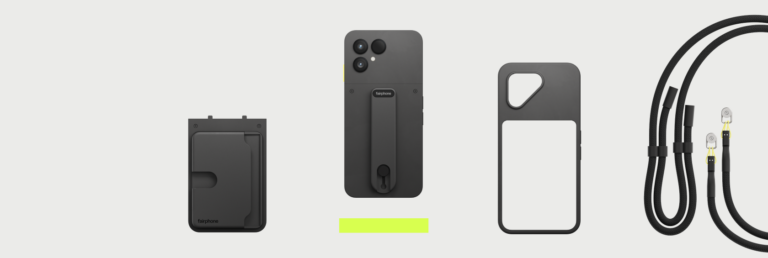Into the deep
Remember our Materials 101 series of blogs where we introduced the distinction between artisanal mining (ASM) and large-scale mining? Well, potentially, there is another type of mining to enter the mix: deep-sea mining or DSM. How does DSM connect to responsible, fair materials? The answer is not so easy as research on deep seafloor biodiversity, the technology for extracting deep-sea minerals, and the impact that it will have is still being gathered and analysed. Alignment on whether and under what conditions deep-sea mining might be considered responsible is very much needed.
Deep-Sea Mining: What and why?
In the coming decades, worldwide population growth and economic development are expected to lead to a sharp demand for and an increase in production of up to 500% for some critical minerals that are key for the green energy transition. Creative solutions for materials supply chains are very necessary. It will be many years before the economy is truly circular and therefore it should be no surprise that new sources of virgin minerals need to be explored, one of which is DSM.
Extracting deep-sea minerals happens up to 3,500 meters under the Ocean’s surface. Although classified as ‘mining’, the way they are extracted is not the same as it is on land. Multi-metallic nodules the size and shape of potatoes are scooped up from the sea-bed, or from just beneath it, and are piped to the surface to a waiting vessel and transported to on-shore facilities for processing.
We realize that the impact of DSM is very different from the impact of mining on land. Yet, like many industrial activities, we do know that these impacts have the potential to be severe and lasting, especially to biodiversity and, even to the economic wellbeing and traditions of some coastal communities. What we don’t know is the scale of that impact. Nor have we had the opportunity to consider whether these potential impacts are acceptable when put in balance with the benefits of having more minerals available for low carbon technologies.
So the time has come to assess if, how and when sea-bed minerals can be mined responsibly.
Where do we stand?
We don’t shy away from mining. Many of the raw materials we use in the Fairphone are mined. We also acknowledge mining will have an important role in our industry’s supply for decades to come, and, if done responsibly and inclusively, it can be an important driver for poverty alleviation and economic development. While mining is needed, we believe that industry and governments should take responsibility for ensuring it doesn’t harm people or the planet, but rather is a demonstrable force for good – whether on land or on the seafloor. That is our stand.
The extent of the economic, environmental and social impacts of DSM, both positive and negative, is not something we can judge yet. Therefore, we strongly encourage and support initiatives that work on generating and disseminating better scientific insight, advocate for a well-balanced governance mechanism that can hold the DSM industry accountable, and request for alignment on effective ESG frameworks that set a bar for responsible DSM that can be potentially supported by companies like Fairphone that are far away from the point of extraction. Until such a framework is set and supported, and until requisite scientific studies have been completed, it is difficult to see how deep-sea minerals can fit into our fair sourcing policy.
There is also something you can do
In the meantime, while figuring out how we can ensure a more responsible sourcing of materials in the years to come, it is vital that we keep challenging ourselves on material use and our consumption behavior. Because if we use our products longer and keep on optimizing the reuse and recycling of our materials, we can reduce the increasing pressure on our Earths’ resources. That is why we at Fairphone are committed to stretch the lifetime of our products as much as we can, and would like to encourage everyone to do the same.



